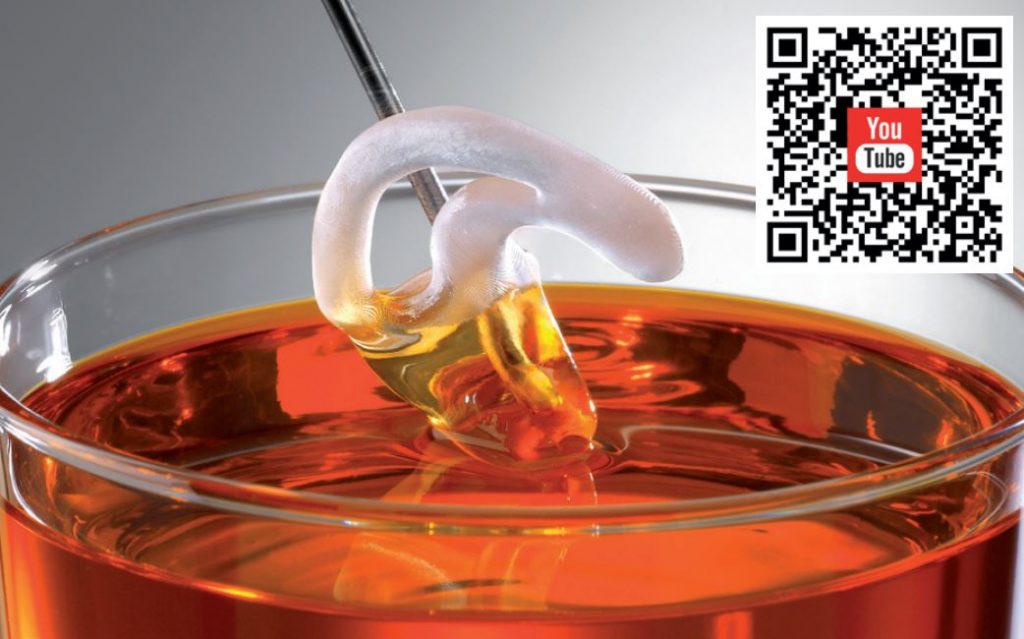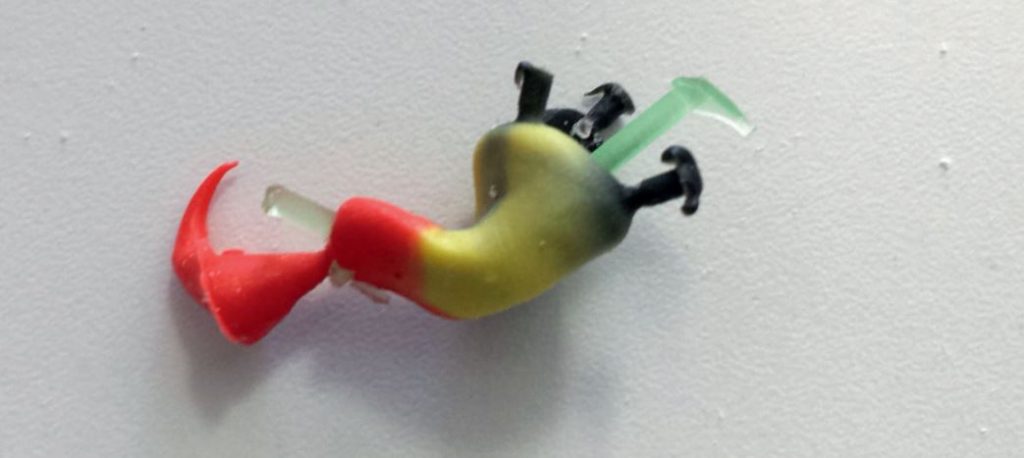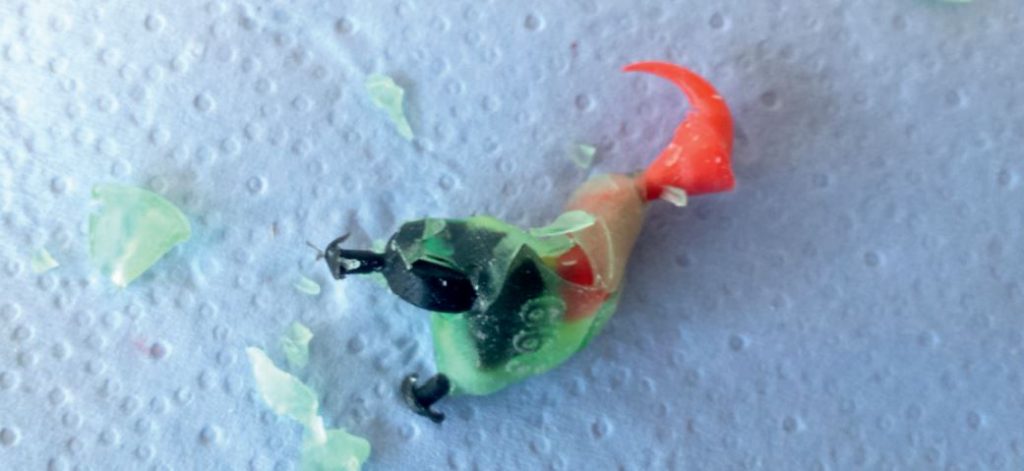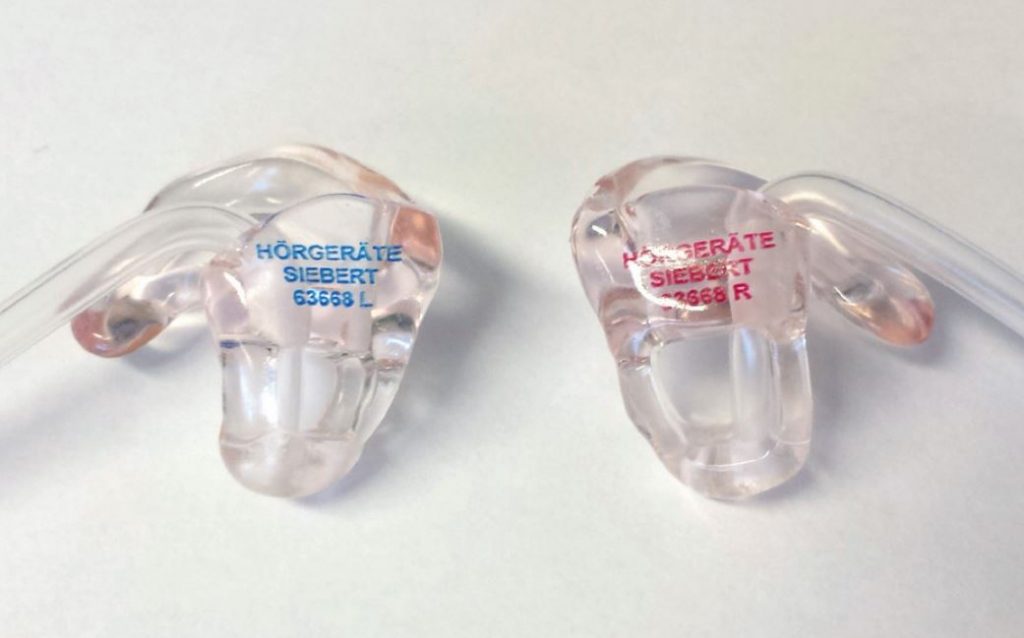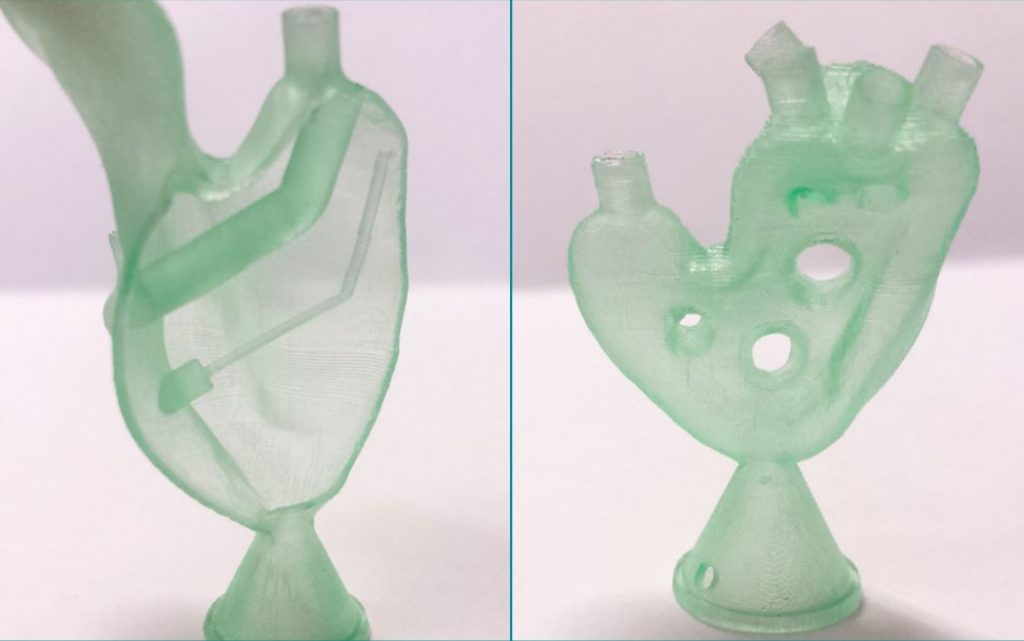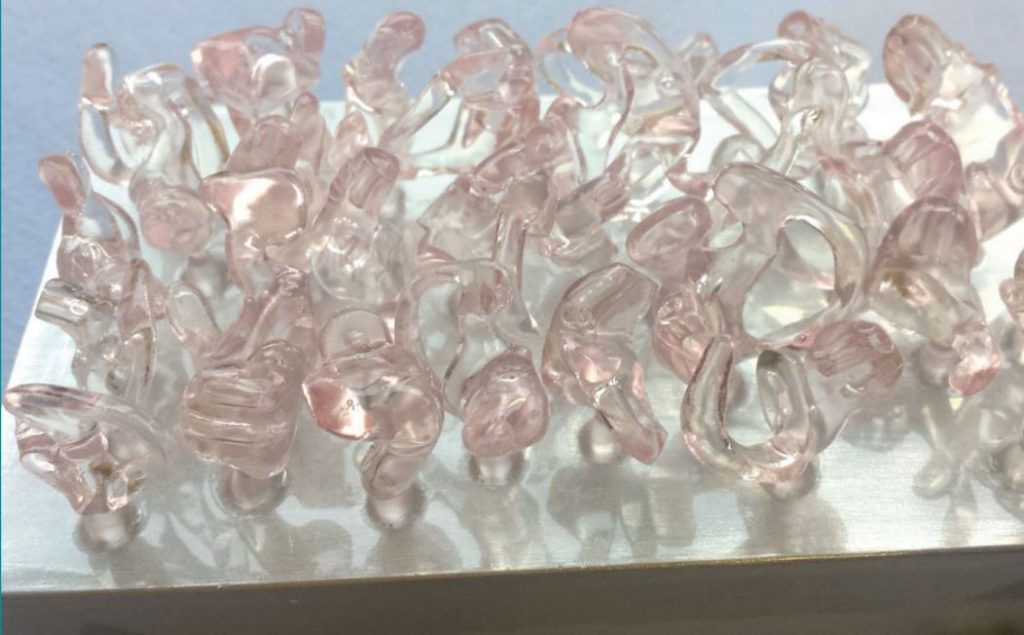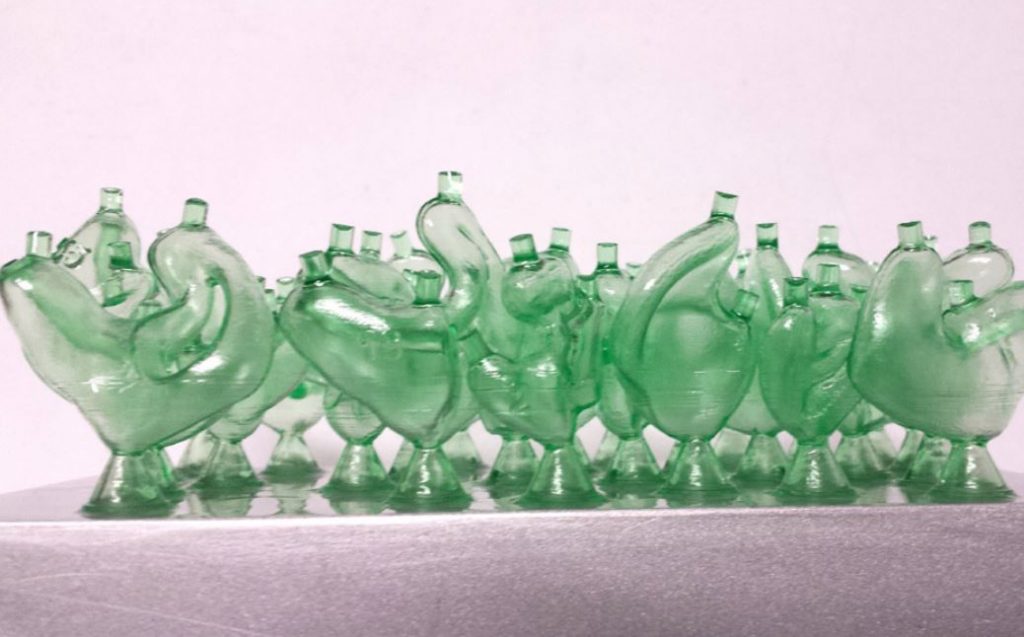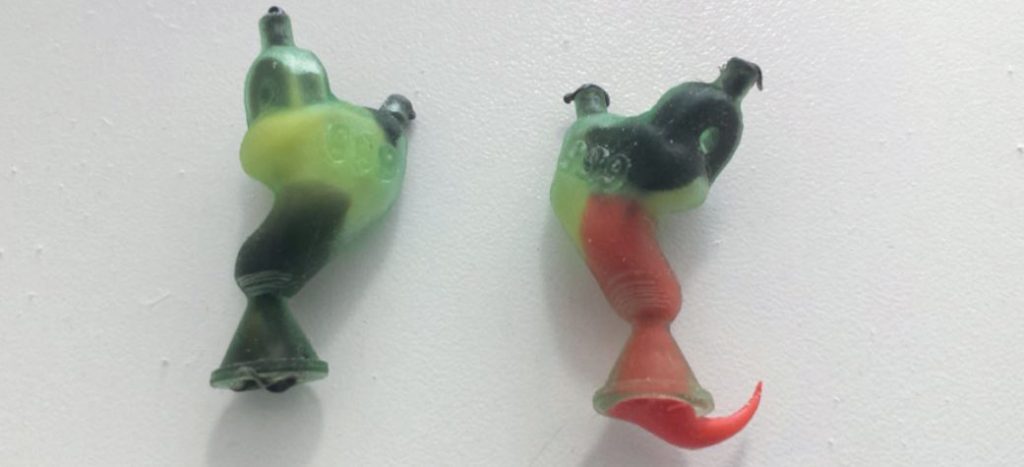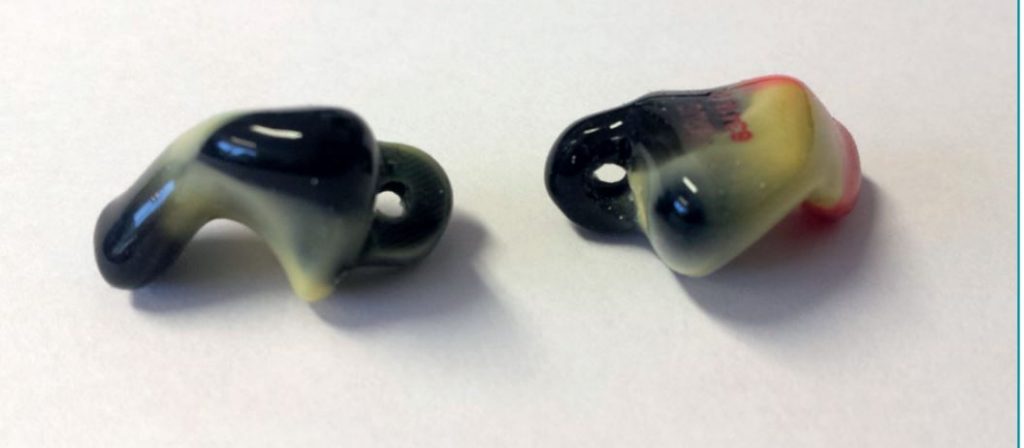Companies specializing in the production and sale of comprehensive medical earpieces. These hearing protectors or accessories are produced with, among others, open material systems from Asiga DLP 3D printer. The entire process can be digitized from ear impressions, modeling to 3D printing. Because we use the latest techniques at our customers, a quality can be displayed that can be matched and goes further than the quality of conventional techniques.
The fast and innovative developments within the 3D printer, scan and design techniques of recent years demand an even faster and better print quality every time. With the latest developments from manufacturers such as Asiga and Detax, this always impresses our customers. Not only in performance, quality, but also in the service and expertise that has been built up over the many years.
The process
The silicone molded earpieces are scanned with the 3D scanner and stored in digital format. The earpieces are then digitally modeled using the Cyfex 3D software program (Image 1). During modeling, the shape, tube bore, vent hole, external hearing aid, etc. are individually modeled, adjusted and saved in a .STL file for each earpiece.
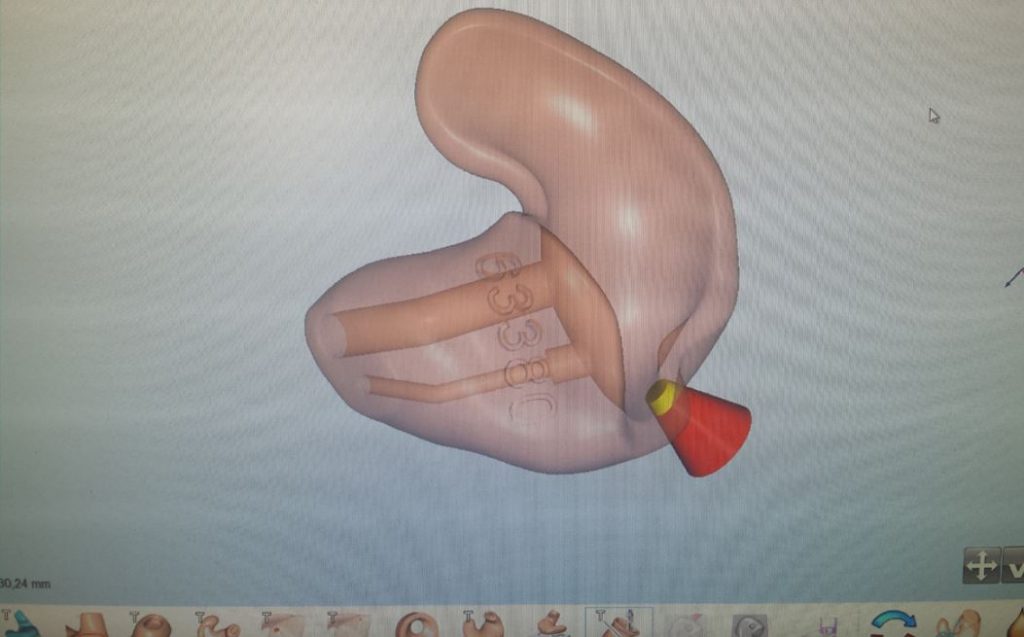
Production of the casting mold with Detax Freeprint Cast 2.0
For the digital production of silicone earpieces with the Asiga 3D printers such as the Freeform Pro, Asiga Max and Asiga Pro 4K, we use the Detax Cast 2.0 printing fluid. The prints are cleaned in certain steps after the printing process and are stripped of excess and uncured 3D printing fluid by means of cleaning materials or isopropyl alcohol in an ultrasonic device or washer and water bath.
After a short drying process with air, the casting is then immersed in the Detax Cast Separator as a release agent. This prevents adhesion of the silicone casting to the printed mold, which ensures a release and easier descaling of the cast shell. The printed cast mold can be injected with the liquid silicone products such as Detax Softwear or Earflex 2.0 and Aquaplus. These silicone materials have various options with regard to color. After descaling and finishing the silicone earpieces, they are sealed and painted with a one-component silicone lacquer such as the supercoat.
Production of earpieces with Detax Luxaprint Mold UV
In a few seconds you can switch with material of application, brand or color with the 3D printers from Asiga. This offers a lot of flexibility within the production processes.
A range of different colors are available within the production program with the Luxaprint Mold. The premium resins from, among others, Detax, the colors usually consist of clear transparent, pink transparent, pink orange, light beige, red, blue, fluorescent yellow, intensive red, intensive blue, black, white and beige. Image 2.
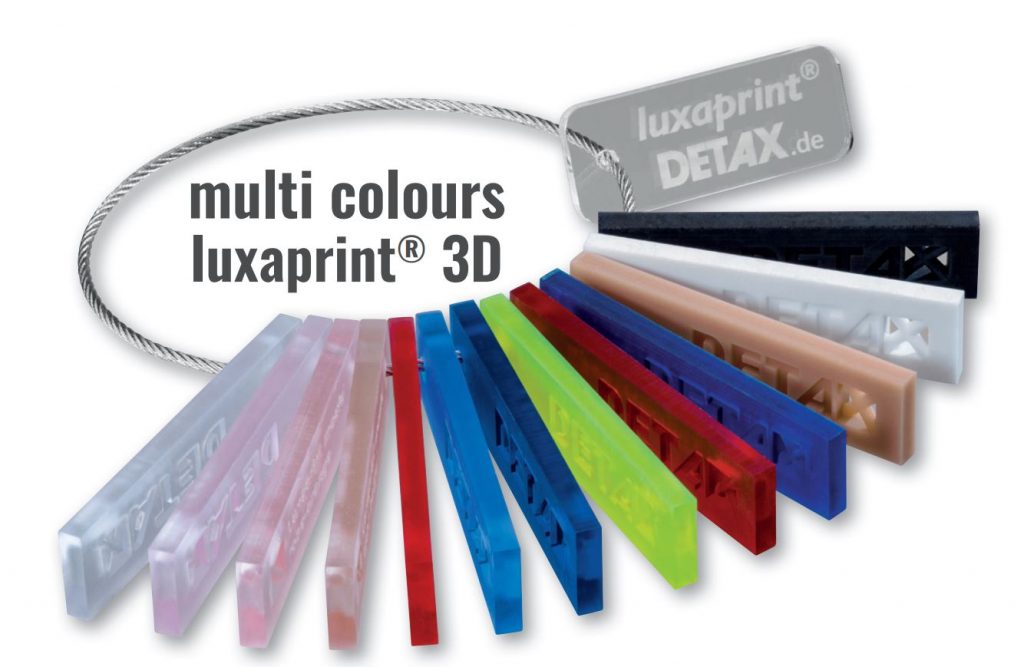
Using ASIGA’s own free software, Asiga Composer, a material is selected and the print data downloaded into the work file. This provides the data to achieve the correct print results and quality. The development of this aforementioned .ini file was developed in close cooperation between both manufacturers of the hardware Asiga and materials Detax.
Image 3 shows a production of Detax Mold made with the Asiga Freeform Pro75 3D printer. In this case, the choice was made to produce the ear cups in the color pink transparent of the material Detax Luxaprint Mold pink. This technique is able to create an accurate layer of building production of a layer of 0.1 mm in seconds. This setting is just a choice of quality where more accurate printing can be done if desired. After this print has been completed, the build platform should be stripped of the prints and then cleaned. This is a similar process as with the Detax Cast 2.0 prints. After the prints have had a cleaning bath of the Isopropyl alcohol, they can be dried with compressed air and afterwards with the post-cure device Otoflash G 171 with protective nitrogen N2 for optimal curing according to medical classification class 2a.
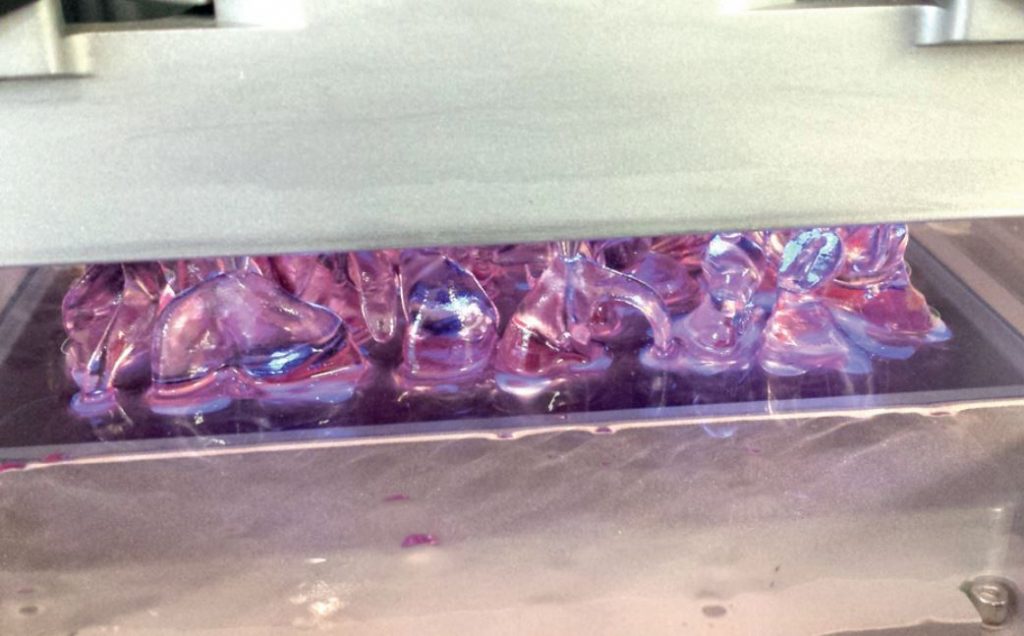
Finally, the printed earpieces are given a surface finish of the luxaprint® shellac (Image 4) transparent or colored variant.
